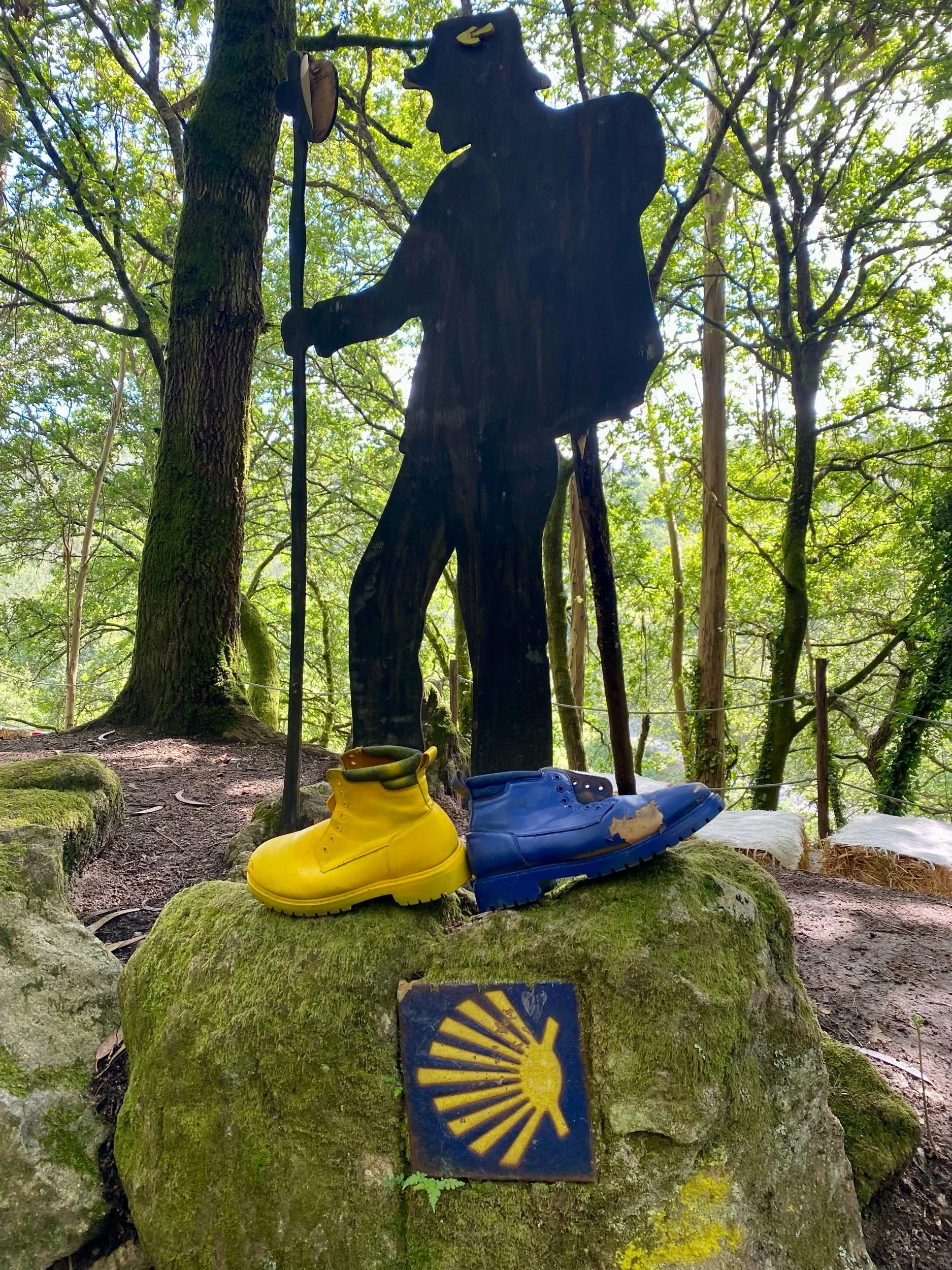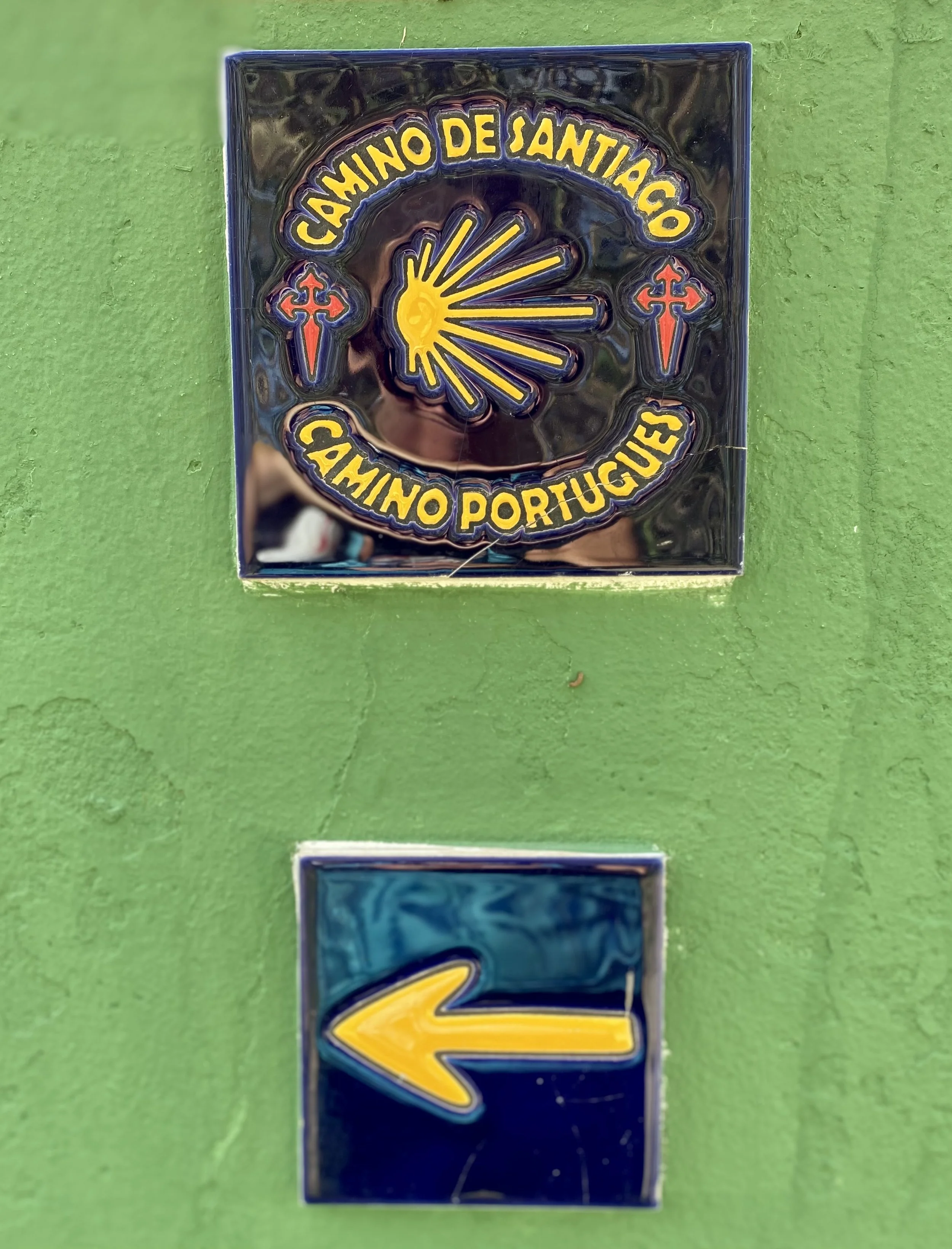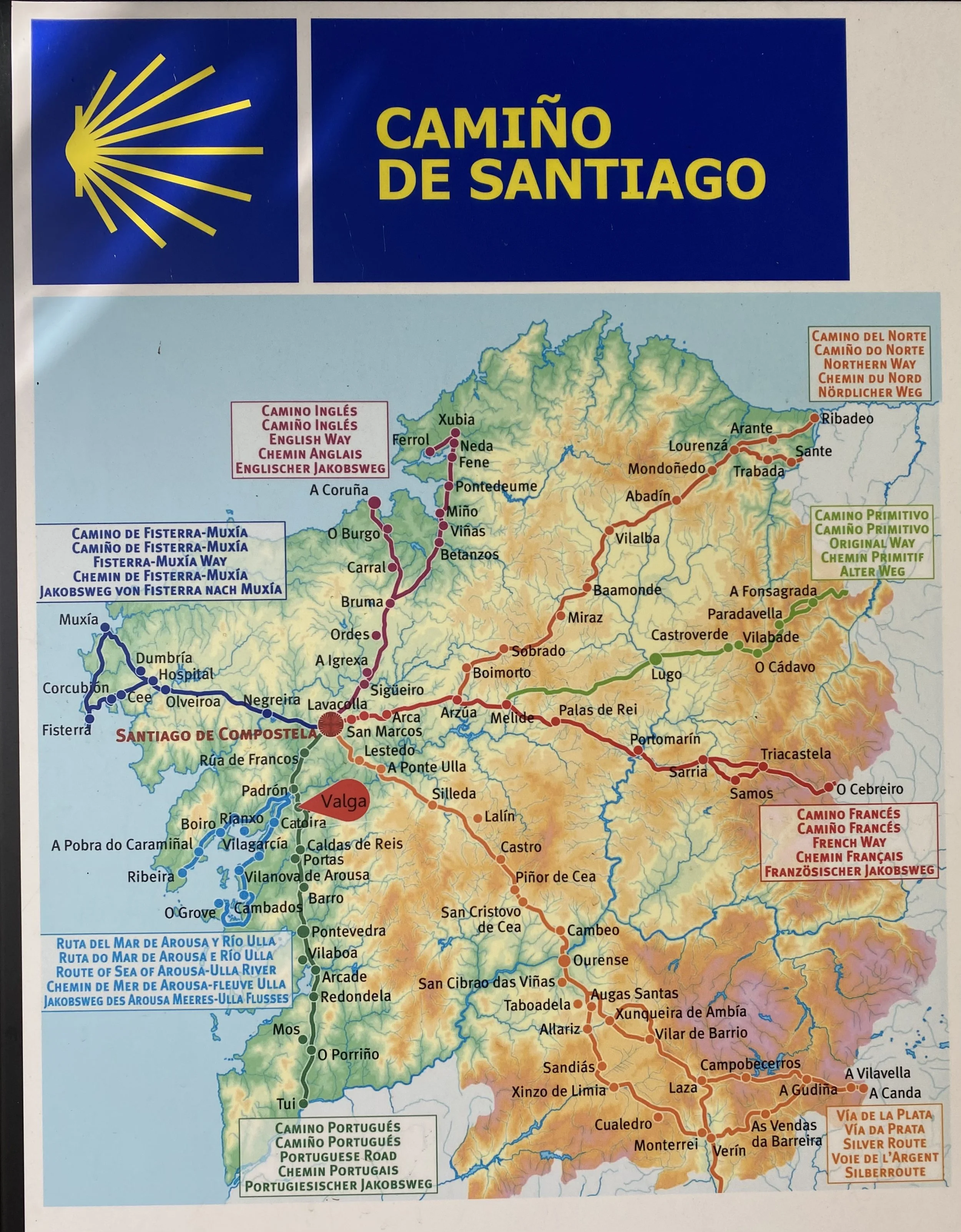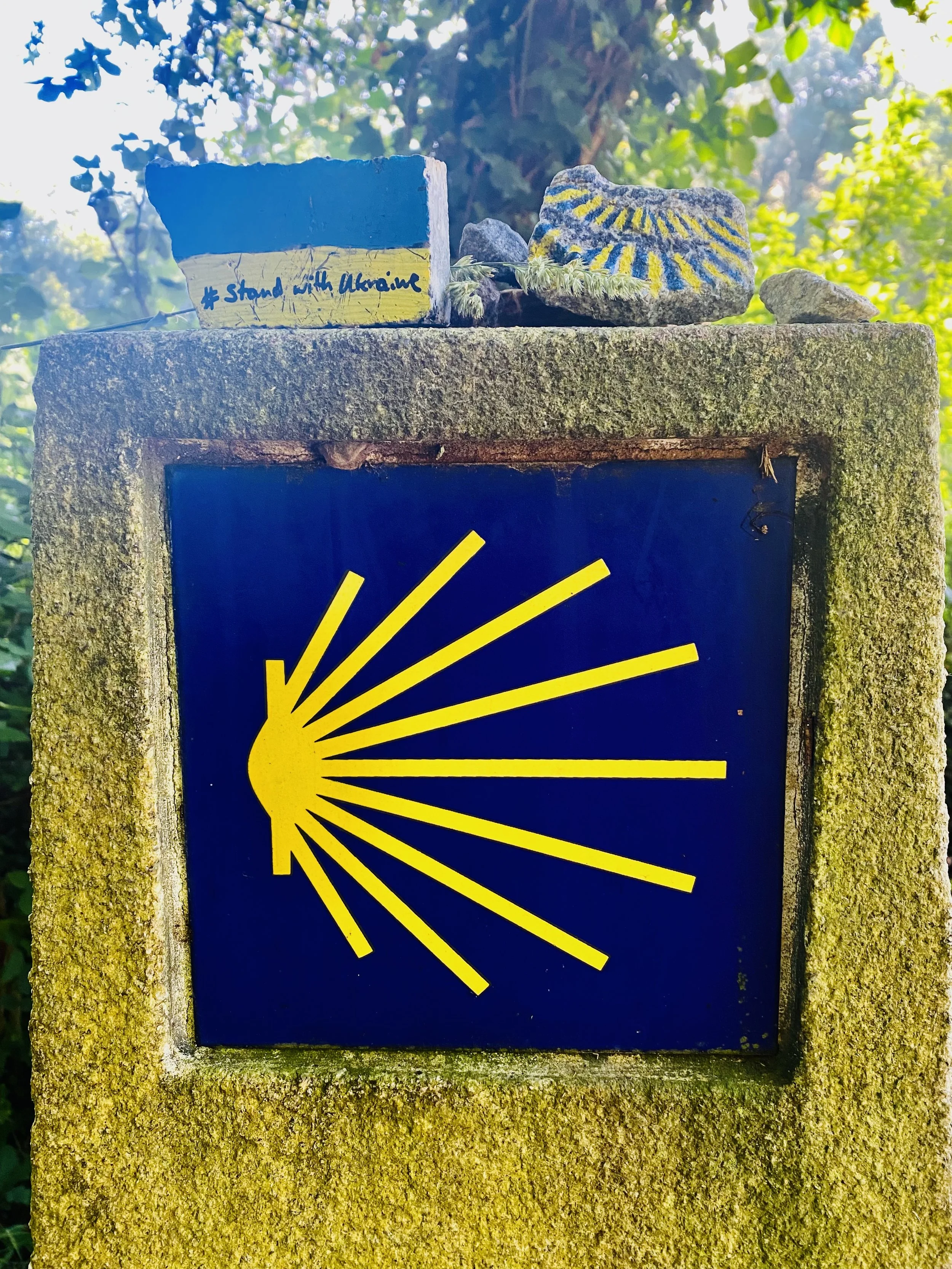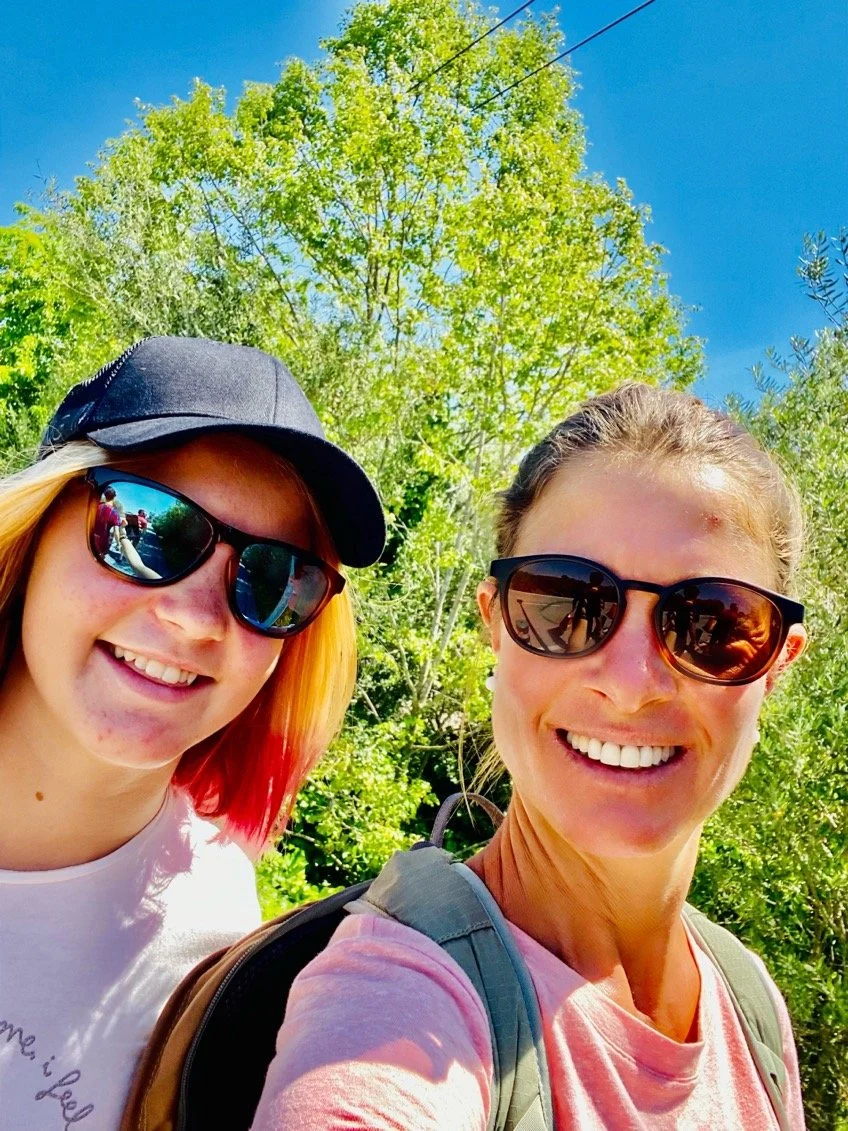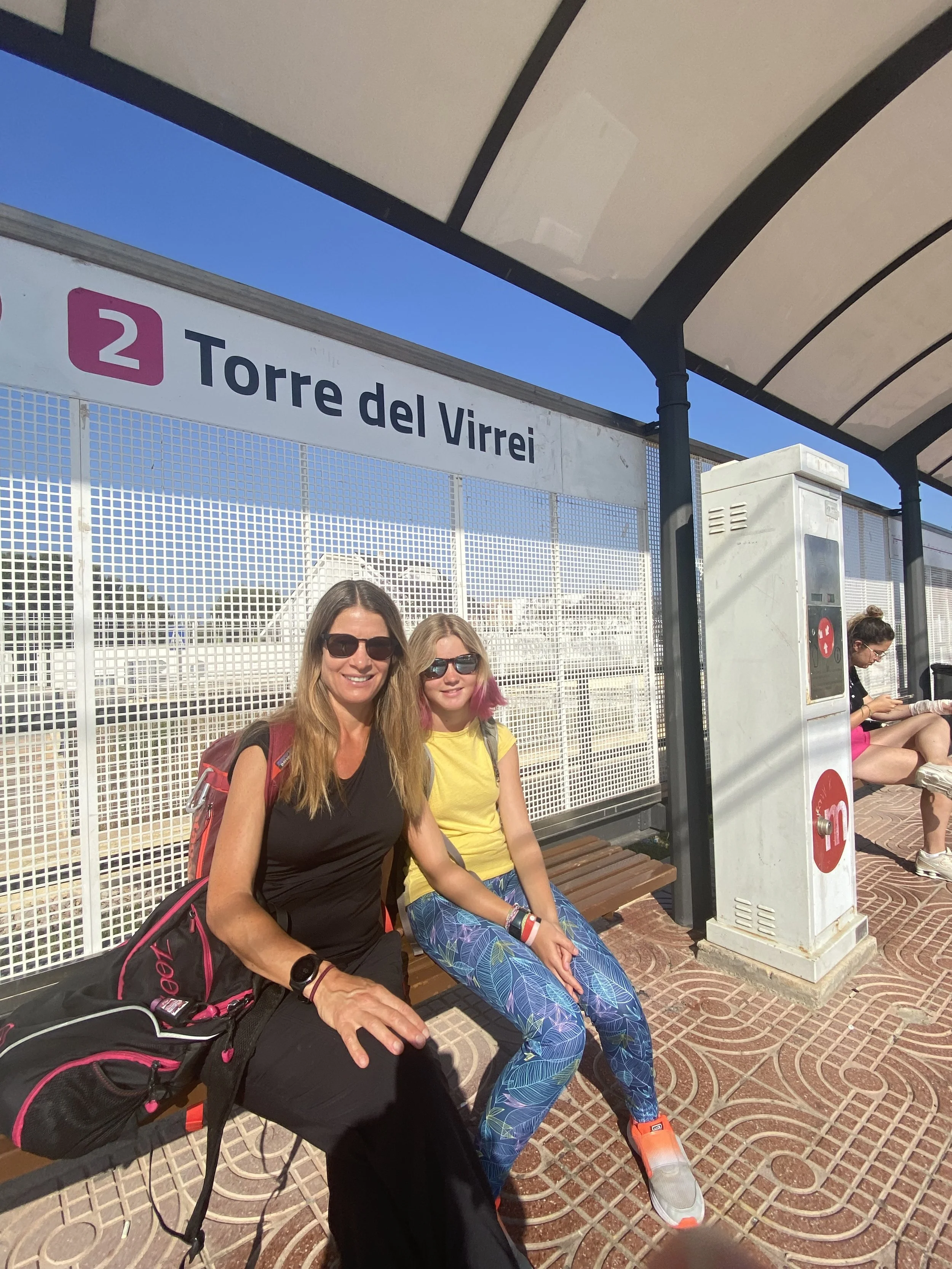Camino de Santiago de Compostela - Part I
Short History:
The Camino the Santiago is a well-known network of pilgrimage routes that lead to Santiago de Compostela, Spain. It is believed that the remains of the Apostle Saint James are buried at the cathedral, which has led many people to follow these routes since the 10th century! Nowadays, besides being one of the top pilgrimages of Christendom, it is also popular with hiking and cycling enthusiasts. The Camino de Santiago has been listed as a UNESCO World Heritage for its important role in encouraging cultural exchanges between people from all over Europe and the world for many centuries.
Routes:
There are over dozen routes that lead to Santiago de Compostela, however the most popular are:
Camino Frances: the most popular route, attracting about 1/2 of all pilgrims. This route starts in the French town of Saint-Jean-Pied-de-Port and goes to Santiago de Compostela. This is about 497miles/800km and takes about 4 weeks. Since it is so popular, it also offers the best infrastructure (hotels, restaurants, cafes, stores, etc).
Camino Ingles: although the start of this route is on the northern Galician coast in Spain, it is called the English way as this is the port where many boats would drop off pilgrims coming from England (or even Scandinavia, Scotland, and Ireland). This is a quick 5 days hike that can start from Ferrol (55 miles/88km) or A Coruna (39miles/63km).
Camino Primitivo: This is the “original way” and very popular although more challenging. It crosses a mountain range, climbing 1100m (3600ft) above sea level. This route is 196miles (315km) and takes about 16 days to complete.
Camino Portuguese: This route starts in Lisbon (Portugal) and makes its way up, inland, to Santiago de Compostela (Spain). This is a fun route as it allows you to experience both Portugal and Spain. The full route is 385miles/620km. This one also splits up a bit as the “original” Camino Portuguese goes inland from Lisbon up to Santiago, but another popular version would be from the Portuguese city of Porto, going north and hugging the Portuguese and Spanish coast and heading inland towards the end, joining the inland Portuguese route. The route leading from Lisbon will take about 4 weeks and the one starting in Porto about 10 days.
Besides these there are also: Via de la Plata, Le Puy Camino, Camino del Norte, Camino Invierno, etc.
In any of these routes, the last 100km of the Camino are very popular. Besides not being too time consuming as it can easily be done in 5 - 8 days, it is popular because in order for you to get the official Camino de Santiago pilgrim certificate you need to have done at least 100km by foot, 200km by bike or horseback (!) of any of the routes. (which sounds cheesy but was 100% worth it!) It is also a great way to get a taste of the Camino and if it is something you would like to repeat and spend more time on.
Independent or use a tour operator:
Depending on the route you opt or time of year, you may need more gear or better planning, but any of the Caminos can be done independently. We saw many people with backpacks, carrying all their stuff. Most will make reservations at hotels ahead of time, but (especially during low season) you can easily find accommodation along the way. However a more convenient way to do the Camino is hiring the services of a tour operator that will not only make the hotel reservations (they know the best places to stay) but also transport your bags from one hotel to the next, so all you need to do is carry your daypack with some basics. We opted for a company called Follow the Camino. They were very efficient and informative in helping to find the best route as well as making all the bookings, the provided a detail hiking guide, packing tips, restaurant recommendations and reliably transporting our luggage from one hotel to the next, so at the end of the long day of walking our bags were waiting at the hotel.
Our experience:
We wanted to do a 7 - 12 days hike and first considered the popular french way, however, my mom had heard great things about the coastal route, and after debating with the Follow the Camino team, they thought it would be a great option for our group (Josefine being 12 and my mom being 70) It is flatter, mild temperatures and very picturesque. I was also easily convinced due to the amazing seafood we would find along the way! We opted for the Coastal route starting in Oia (Spain, near the border with Portugal). This was a 146km (90 miles) hike which we did over 7 days (averaging 13 miles per day). The total trip was 9 days with a day before starting the hike and one at the end. On day 1 we flew into Santiago de Compostela and took a taxi down to Oia to start the following day. On day 9 we had the morning to collect our pilgrim certificate and explore Santiago de Compostela a bit before flying back home.
Packing:
There are many online lists available and as we are fairly experienced in very minimalistic packing, I think most lists exaggerate (I even thought we overpacked). For the 7 days of walking we took:
Clothes: Underwear and socks for each day. 4 shorts, 2 yoga type pants, 3 t-shirts, 3 tank tops, 1 long sleeve body warmer, 1 rain jacket or poncho, hat, good walking shoes (we decided for running type shoes instead of hiking shoes), flip flops (or some comfortable shoes to wear at the end of the day), a comfortable dress or cloths to wear at the end of the day. We went in early June and were lucky it was a mild year as temperatures never got above 25C or colder then 10C. Depending on what time of year, you might need to take warmer cloths.
The first aid kit included: blister bandages, bandaids, Neosporin, ibuprofen/acetaminophen, Vaseline or glide, and Imodium. (Luckily we didn’t have to use anything!)
Toiletries: the basics, but some things to consider: bar/solid shampoo, small toothpaste, travel size conditioner, body lotion, vitamin E foot lotion (perfect for a good foot rub at the end of the day). Most hotels offer soap, so don’t bother taking that.
Other items: laundry soap/detergent (although I did see small-size laundry in many stores and hotels along the Camino), chapstick, tissues, toilet paper, sunscreen, mosquito spray and ear plus as some hotels might be more noisy and have thinner walls.
Preparing Physically:
Josie & I on one of our training hikes (7 miles)
Although we are an active family and go for long hikes frequently, we (loosely, if I might add) stuck to a 12-week training program to make sure we were getting in the miles and also testing our shoes for longer walks. Having that said, our longest training walk was shorter than the shortest hiking day on the Camino. However, I think it was important to make sure we were walking and staying active before the Camino. Josefine set a goal to get 15,000 steps per day for the 2 months leading up to the Camino. My mom stuck to 10,000 and I did an average of 18,000/day. In the end, we all were physically prepared and although our feet were sore after some days, we finished the entire Camino without having to take a taxi or long stops.
2019 Camino statistics and fun facts:
347.578 people received their certificate (many more finished but not everyone gets their certificate)
94% walked and 6% cycled
The French way accounted for 54% of the pilgrims, 21% choose the Portuguese way, and 7% the Portuguese coastal way.
5% more women walk the Camino than men.
The vast majority of pilgrims are from Spain (42%), followed by Italians (8%), Germans (7%), Americans (6%), Portuguese (5%), and French (4%).
We had fun preparing for the camino: doing the research, buying gear and getting in the mood.
In Part II you can read Josefine’s opinion about our actual experience on the camino.
Josefine & I leaving to the airport to head to Santiago de Compostela!

























